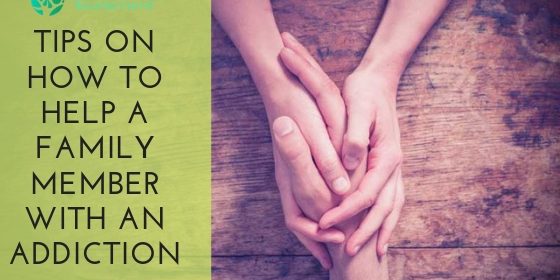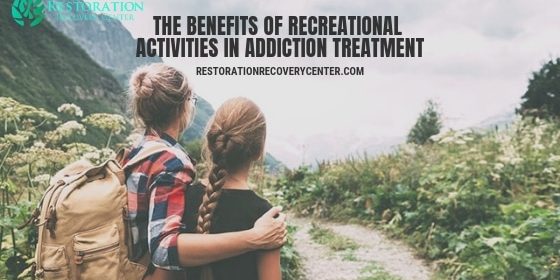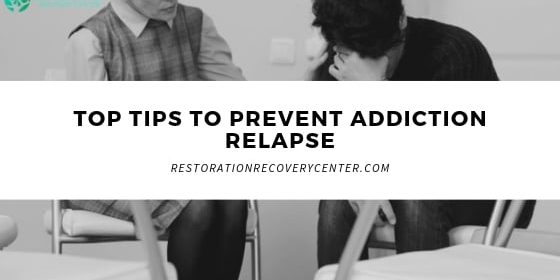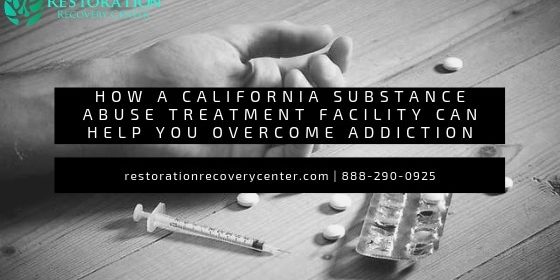How Does Dialectical Behavior Therapy Help Borderline Personality Disorder?
During recovery, people encounter many types of psychotherapy, such as dialectical behavior therapy (DBT) and cognitive behavioral therapy (CBT). In addition, everybody’s recovery journey takes different twists and turns. Therefore, no one can expect a one-size-fits-all therapy solution.
Different therapy modalities will result in success for people struggling with substance use disorder (SUD). The most popular type of psychotherapy is CBT. However, other types of therapy, such as DBT, can help people who find CBT ineffective at mitigating their SUD. In addition, some people will face more difficulties when looking for effective therapy than others.
Co-occurring disorders, like borderline personality disorder (BPD), can create extra challenges in the treatment process. However, learning different therapies’ goals and session structures can help somebody know what therapy might work best for them.
Dialectical Behavior Therapy
In the early 1990s, clinical psychologist Marsha Linehan introduced Dialectical Behavior Therapy (DBT). She designed DBT to treat BPD specifically. Since then, it has been used to treat other mental health disorders.
DBT involves a combination of techniques from behavioral therapy and Zen Buddhism, all filtered through the lens of dialectics. Dialectics are seemingly contradictory statements in which both parts are true. For example, a person may think, “I am happy, and I am sad.” Rather than focusing on one, dialectics encourages people to think in the middle ground.
Differences Between Cognitive-Behavioral Therapy and Dialectical Behavior Therapy
CBT blends cognitive and behavioral techniques. For example, a therapist will help a client identify and challenge toxic beliefs during a CBT session. They’ll also work together to identify how those thoughts inform the client’s problematic behaviors. The therapist will then teach the client how to alter those thoughts and behaviors in real time.
DBT, like CBT, focuses on changing a person’s behavior. However, DBT focuses on changing behaviors by helping them find internal validation and acceptance. Zen Buddhism, acceptance techniques incorporated in DBT differentiate it from CBT. Additionally, the therapist will encourage the client to deconstruct black-and-white thinking. Mindfulness and nonjudgemental acceptance are a large part of what separates DBT from CBT.
A Dialectical Behavior Therapy Session
Somebody going into a DBT program will attend weekly one-on-one therapy sessions and weekly group skills training sessions. Therapists performing DBT will check in with their clients in between sessions via phone to prevent emotional crises. A DBT therapist will also work with the therapists running the group skills training to ensure a uniform therapeutic approach. The purpose of DBT involves four goals:
#1. Decreasing suicidal behaviors (i.e., cutting, suicidal ideation)
#2. Resolving therapy-interfering behaviors (i.e., past traumas)
#3. Improving quality-of-life behaviors (i.e., developing self-esteem and problem-management skills)
#4. Increasing behavioral skills (i.e., helping them find a sense of purpose)
These goals make it especially effective at treating BPD, SUD, and co-occurring disorders.
Borderline Personality Disorder
BPD deals with severe mood dysregulation. People with BPD are often impulsive, find relationships challenging, and are insecure in their self-identity. Thought distortions, such as polarized thinking, are common in people with BPD. It can cause their interests and values to change quickly. Other Symptoms of BPD include:
- Avoidance of potential real or perceived abandonment
- A pattern of intense and unstable relationships
- Distorted and unstable sense of self
- Impulsivity often to the extent of being dangerous
- Self-harming behavior
- Recurring thoughts of suicide
- Intense mood swings with episodes lasting from a few hours to a few days
- Chronic feelings of emptiness
- Inappropriate and intense anger
- Dissociating or feelings of unreality
DBT is one of the most useful treatments for BPD because it focuses on controlling intense emotions, reducing self-harm, and improving relationships. It also focuses on building people’s self-worth. This is important for people with BPD because a lack of self-identity is a prominent symptom of the disorder.
Substance Use Disorder and Co-Occurring Disorders
SUDs usually occur in combination with co-occurring disorders. An article published in Addiction Science & Clinical Practice states that people with a dual diagnosis of SUD and BPD benefit more from DBT than other psychotherapies.
Even without a diagnosis, many people with SUD share symptoms of BPD, such as suicidal behavior, impulsivity, and aggression. However, a 2014 study in the Global Journal of Health Science found that DBT helps decrease these types of behaviors, especially impulsivity.
Many people with SUD are driven to use substances by impulsivity. DBT treatment involves acceptance of the self and change without judgment. As such, it prevents distress that comes with shame over the person’s behaviors. DBT treatment avoids damaging the person’s self-esteem by not weaponizing shame.
During recovery, people will need to learn how to accept themselves. However, they must simultaneously understand that their past actions are toxic and need to be changed. DBT can be a useful treatment for SUD because it has this philosophy built into it.
If you have not found success with CBT and find it challenging to manage impulsive behaviors, DBT might work better for you. Restoration Recovery Center views its clients as a complex humans with different needs. Everyone’s recovery journey has different ups and downs. We encourage you to try many different types of therapy until you find one that works for you. Among the therapies we provide are CBT, DBT, trauma therapy, equine therapy, and more. If you struggle with substance abuse, you aren’t stuck repeating the same destructive behaviors. Reach out to us at (888) 290-0925 to learn how we can help you achieve a happier, healthier life in recovery.






